A functioning garage door is crucial for both convenience and security, providing easy access to your vehicle while protecting your belongings from potential theft or damage.
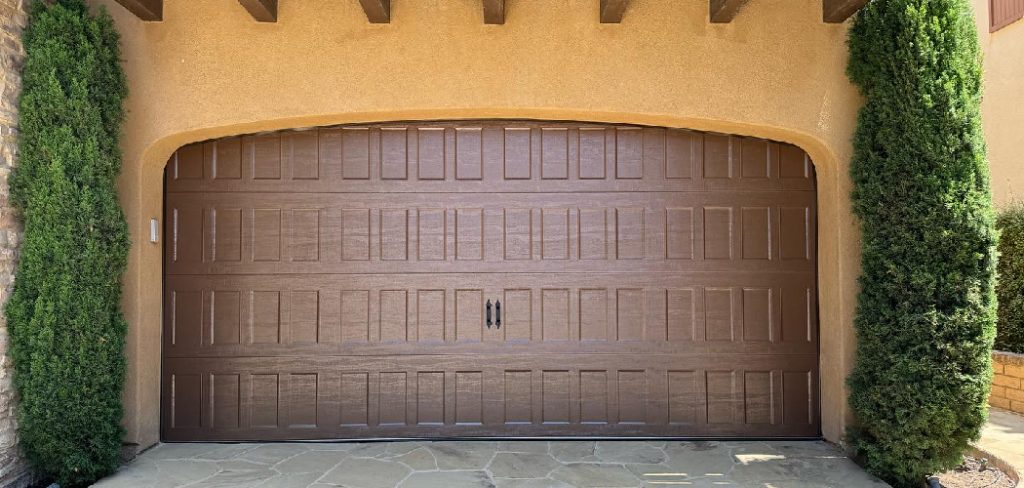
When a garage door becomes jammed, it can lead to significant inconvenience, causing delays in daily routines and increasing frustration.
Safety is paramount when addressing a jammed door, particularly given the heavyweight and tension of spring-loaded systems; always wear appropriate protective gear and consider disconnecting the power supply before starting any repairs.
In this article, we will discuss how to fix a jammed garage door by first identifying the signs and causes of jamming. We will then cover necessary safety checks, followed by effective troubleshooting techniques and step-by-step solutions for common issues. With these insights, you’ll be equipped to handle any garage door malfunction with confidence and safety in mind.
Identifying the Problem: Is Your Garage Door Really Jammed?
When faced with a garage door that isn’t operating as expected, it’s essential to determine whether it is genuinely jammed.
Common symptoms indicating that a door may be jammed include a complete lack of movement, where the door refuses to open or close, suggesting a more severe issue. You may also notice uneven movement, where the door opens partially or gets stuck at certain points.
Strange noises, like grinding or scraping, can further indicate mechanical issues. Additionally, visible obstructions within the door tracks may prevent smooth operation.
There are several potential causes for a jammed garage door. Mechanical Issues are often at the forefront, with broken springs being a common culprit. Worn-out cables can also contribute to a door that won’t move correctly, as they may no longer support the door’s weight effectively.
Misaligned tracks are another mechanical aspect; if the tracks are skewed, the door may not follow the intended path.
In some cases, Electrical Issues may be at play, particularly if the garage door opener is malfunctioning. Remote control issues can arise from dead batteries or faulty connections, while misaligned or blocked sensors can lead to interruptions in operation.
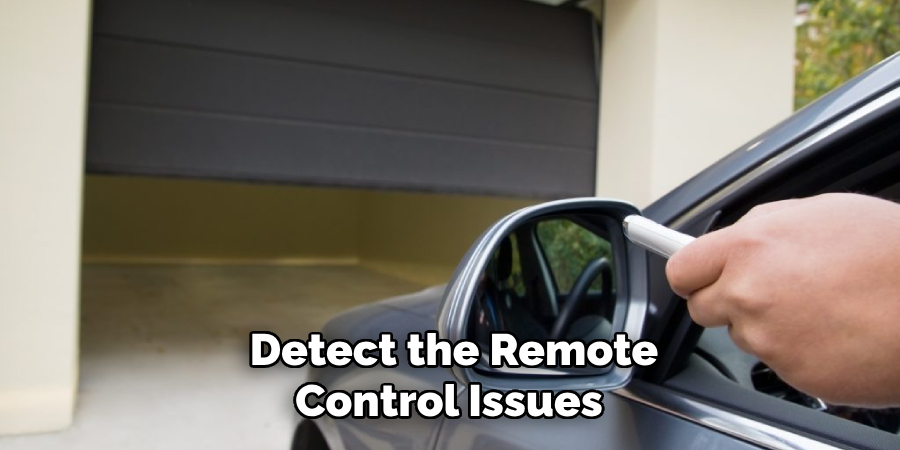
Lastly, Obstructions such as small objects or debris becoming lodged in the tracks can significantly impede movement. Keeping an eye on these elements will assist in accurately diagnosing the problem with your garage door.
Safety First: Preparing to Fix a Jammed Garage Door
Power Down the Door
Before attempting to fix a jammed garage door, it’s crucial to disconnect the power supply to prevent accidents. Most garage door openers come with a manual release mechanism that allows you to operate the door manually while ensuring the electrical components are turned off.
Doing this eliminates the risk of accidental activation that could lead to injury, particularly with heavy doors. It is advisable to unplug the opener from the electrical outlet or remove the fuse for added safety.
Taking these precautions provides a controlled working environment, allowing you to focus on addressing the problem without distractions or hazards.
Use Proper Tools and Gear
Equipping yourself with the right tools and safety gear is essential for a safe and effective repair process. Necessary tools include a sturdy ladder for reaching high parts, a level for checking track alignment, and basic hand tools like a socket wrench, screwdrivers, and pliers.
Personal protective equipment such as safety glasses to shield your eyes, heavy-duty gloves to protect your hands, and a hard hat for head protection should also be used. Having these items on hand facilitates the repair and safeguards you against any unforeseen mishaps.
Inspect the Door Carefully
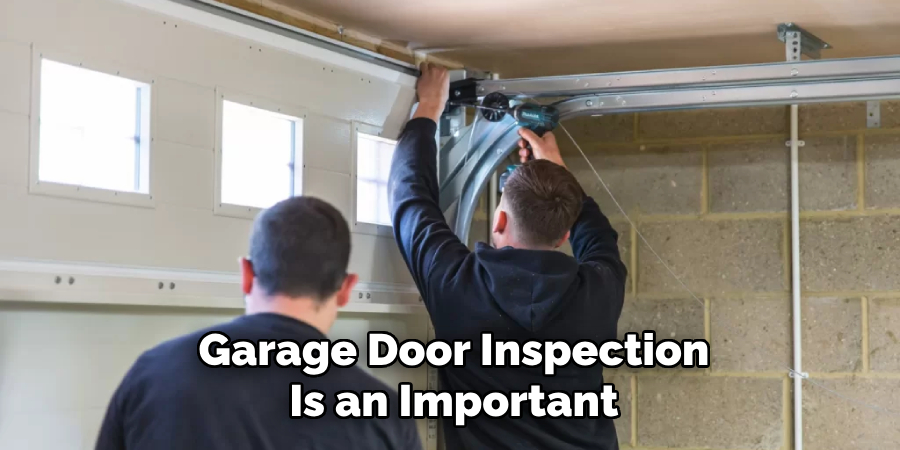
A preliminary garage door inspection is an important step before diving into repairs. Start by visually checking the door for any signs of visible damage, such as dents or cracks in the panels.
Look closely at the tracks to ensure they are clear, straight, and not excessively dirty or rusty. Examine the springs and cables for signs of wear, such as fraying or rust.
Moreover, the tension of the springs should be assessed; they should be taut but not overly tight. Identifying these issues beforehand will help you understand the work needed to safely and effectively resolve the door’s jamming problem.
How to Fix a Jammed Garage Door: Troubleshooting Common Issues
Check and Clear Obstructions
A crucial step in fixing a jammed garage door is to check for any obstructions that may be affecting its movement. Start by visually inspecting the tracks for debris, dirt, or small objects obstructing the path.
If you find any items blocking the tracks, carefully remove them using your hands or an appropriate tool to avoid excessive force that could damage the door. Next, use a soft cloth or vacuum to clean any dirt buildup within the tracks, which can interfere with smooth operation.
Once the area is clear, manually open and close the door to see if there’s an improvement in mobility. If the door still appears jammed, it’s time to look into potential alignment issues or mechanical problems.
Realign the Garage Door Tracks
Misaligned tracks can lead to significant problems with garage door operations. To check if the tracks are misaligned, begin by ensuring the door is closed, then use a level to assess the tracks along both sides of the door.
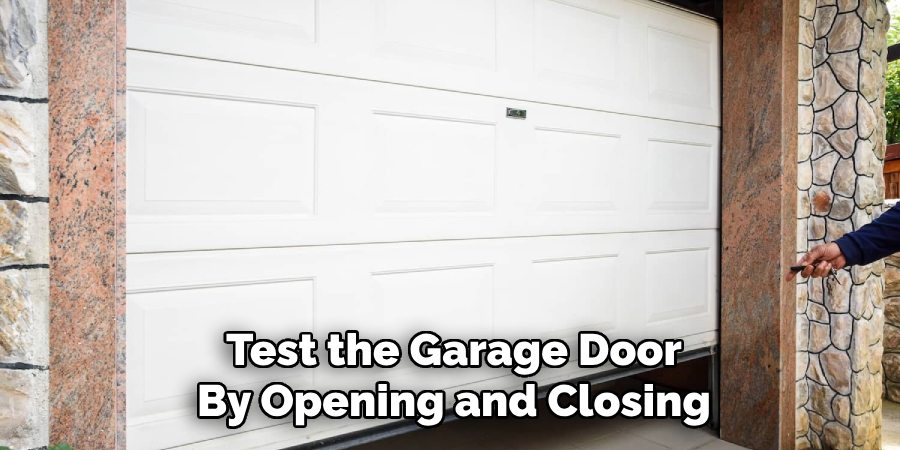
If you notice any discrepancies in alignment, you will need to realign them. Start by loosening the mounting bolts that secure the track to the wall using a socket wrench. Gently tap the track back into alignment with a rubber mallet, ensuring it sits straight and level.
Once aligned, retighten the mounting bolts securely to hold the track in place. Test the garage door by opening and closing it again; it should now move smoothly along the tracks without obstruction.
Inspect and Tighten Hardware
Over time, the hardware on your garage door may become loose, leading to operational issues. Begin by inspecting all nuts, bolts, and screws on the door and brackets. Pay close attention to the areas where the tracks connect to the door and the hinges and rollers.
If you notice any loose fasteners, use a socket wrench or screwdriver to tighten them snugly, but be careful not to overtighten them, as this can cause damage. Furthermore, check for any signs of wear or rust on these components, as they may need to be replaced.
After tightening all hardware, test the garage door to ensure it opens, closes, and rolls smoothly. Regular maintenance of the hardware enhances your garage door’s performance and extends its lifespan, preventing future jams and malfunctions.
Fixing Specific Problems
Broken Springs or Cables
One of the most telling signs of broken springs or cables is the garage door’s inability to open or close completely, often appearing unevenly and making a loud noise during operation.
If you notice that the door feels heavy or does not move at all, it is likely due to a spring or cable failure. First, disconnect the power supply and manually release the door to safely replace them.
Lift the door to the halfway point; the springs need replacing if it falls back down. Never attempt to fix or replace torsion springs independently due to their high tension and risk of injury—this requires a qualified technician.
If you have extension springs, you can replace them by securing the door, removing the old springs, and installing new ones using appropriate hardware. Always ensure safety measures are followed, and calling a professional is advisable when in doubt.
Malfunctioning Garage Door Opener
When a garage door opener malfunctions, the first step is to troubleshoot the issue. Begin by ensuring that the remote batteries are fresh and correctly installed. If the door still doesn’t respond, unplug the opener from the electrical outlet to reset it.
Wait for around 30 seconds before plugging it back in. Next, check the safety sensors located near the garage floor; they should be aligned and free of obstructions.
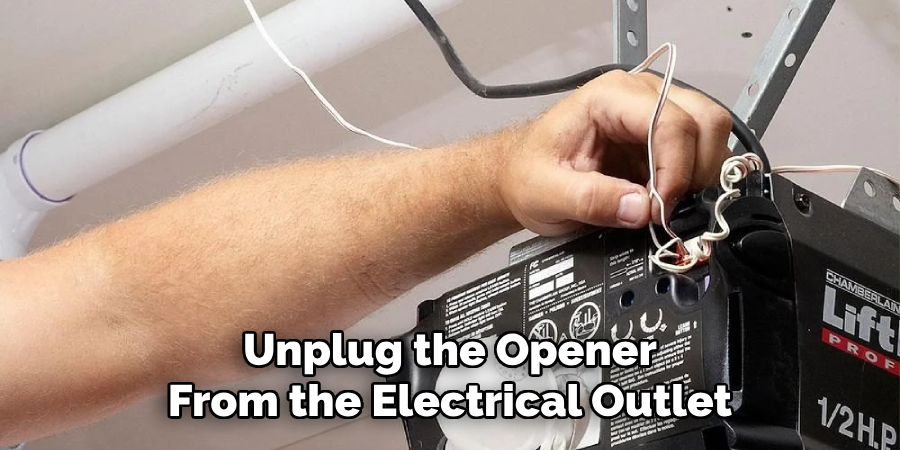
Misalignment can prevent the door from operating correctly. Test the opener with the remote or wall switch to see if functionality has been restored. If the door still does not operate, examine the opener’s motor for any unusual sounds or signs of damage, as this may indicate the need for professional repair or replacement.
Lubricating Moving Parts
Proper lubrication of a garage door’s moving parts is crucial for smooth operation and longevity. Select a high-quality lubricant, such as silicone spray or white lithium grease. Start with the rollers by spraying or applying a small amount of lubricant to the bearings; avoid over-lubricating, as this can attract dirt.
Next, apply lubricant to the hinges and the spring, ensuring all moving parts glide freely. Pay special attention to the tracks; while they shouldn’t be lubricated with oil, they can be cleaned with a cloth to remove debris.
Lastly, regularly inspect these moving components as part of your maintenance routine to prevent friction and potential jamming. By keeping these parts well-lubricated, you not only improve the performance of your garage door but also extend its lifespan.
Conclusion
In summary, knowing how to fix a jammed garage door involves several key steps: first, check for and clear any obstructions; next, realign the tracks to ensure smooth movement; and then inspect and tighten all hardware for optimal performance.
Additionally, if you encounter broken springs or cables or a malfunctioning garage door opener, it’s essential to follow proper procedures or seek professional assistance when necessary.
Always prioritize safety—never attempt repairs that could pose a risk of injury, especially regarding high-tension components. Regular maintenance is crucial in preventing issues; by inspecting and caring for your garage door, you can avoid future jams and ensure safe and reliable operation for years to come.
About
Safety Fic is a distinguished figure in the world of Diy design, with a decade of expertise creating innovative and sustainable Diy solutions. His professional focus lies in merging traditional craftsmanship with modern manufacturing techniques, fostering designs that are both practical and environmentally conscious. As the author of diy, Safety Fic delves into the art and science of Safety Fic-making, inspiring artisans and industry professionals alike.
Education RMIT University
(Melbourne, Australia) Associate Degree in Design (Safety Fic) Focus on sustainable design, industry-driven projects, and practical craftsmanship. Gained hands-on experience with traditional and digital manufacturing tools, such as CAD and CNC software.
Nottingham Trent University
(United Kingdom) Bachelor’s in diyfastly.com and Product Design (Honors) Specialized in product design with a focus on blending creativity with production techniques. Participated in industry projects, working with companies like John Lewis and Vitsoe to gain real-world insights.
Publications and Impact
In diy, Safety Fic his insights on indoor design processes, materials, and strategies for efficient production. His writing bridges the gap between artisan knowledge and modern industry needs, making it a must-read for both budding designers and seasoned professionals.
